It’s a quite interesting story the one that had its last evidence in the 2020 Barhein F1 Grand Prix. When Romain Grosjean escaped safetly from the wreckage of his car, the VF 2020 Haas made in Varano de’ Melegari (Parma), we all had a sigh of relief.
All the security devices worked properly and the Halo made a great impact: it was clear that the new concept of the racing cars improved the passive security to a very high level. But what made a great impression to me was the top level of the protection the new overalls and their specs. The suit of Romain Grosjean gave a super protection to the Swiss born/Franch driver lasted more than the time needed to be omologated: 800°C. for 11”. He was on fire for 28”!
But what were the steps to catch this goal?
During the early years of motorsport, the drivers usually had a simple polo shirt, common trousers and civil shoes; no helmet, just an headset in leather or a fabric. If it was cold, a cardigan would work, if raining a raincoat was enough. But if the helmet had a natural development, derived from different sports like motorcycling, the overalls had to wait until an American racer, Bill Simpson, started his business firm in the late ‘50.
As a drag racer, Simpson had a big crash, the result two broken legs. He tought to add a parachute to slow down the drag cars and immediately the NHRA adopted this device, the first step of his long and successful venture in motorsport world.
In 1967 he met the astronaut Pete Conrad - and Conrad let Simpson know a new fireproof material named Nomex - and started a craftmanship production of overalls, suited expressly for the USAC racer. In the Indianapolis 500 Miles of that year, 30 of the 33 drivers dressed the Simpson’s overall.
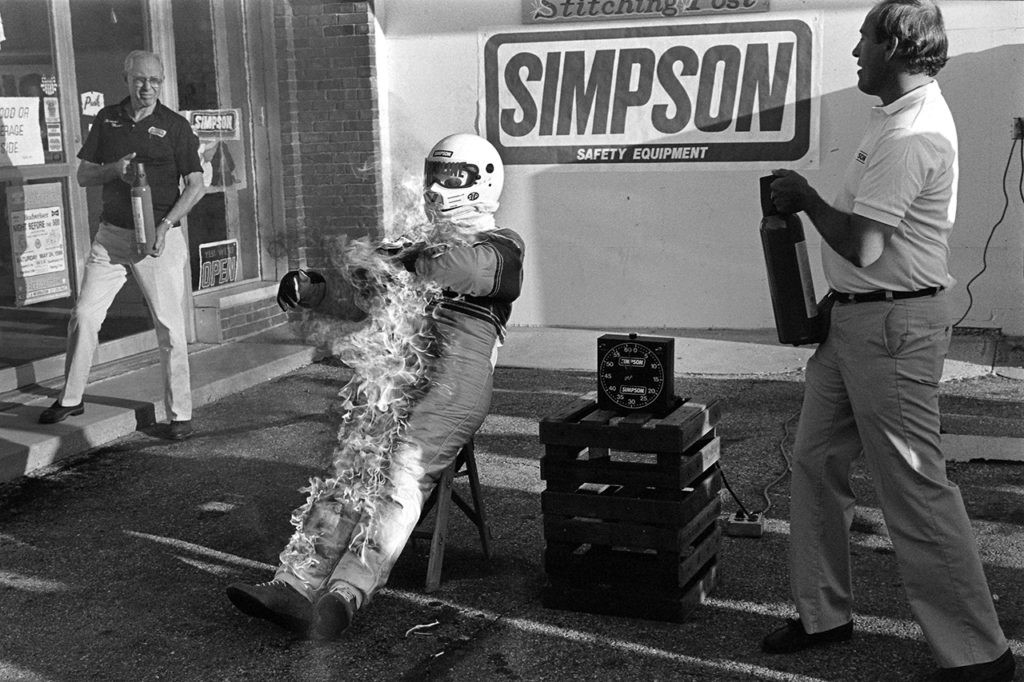
To stop the rumors about the quality of his stuff, Bill catched fire in front of the press (he did it a second time in the ‘80) to show the high level reached.
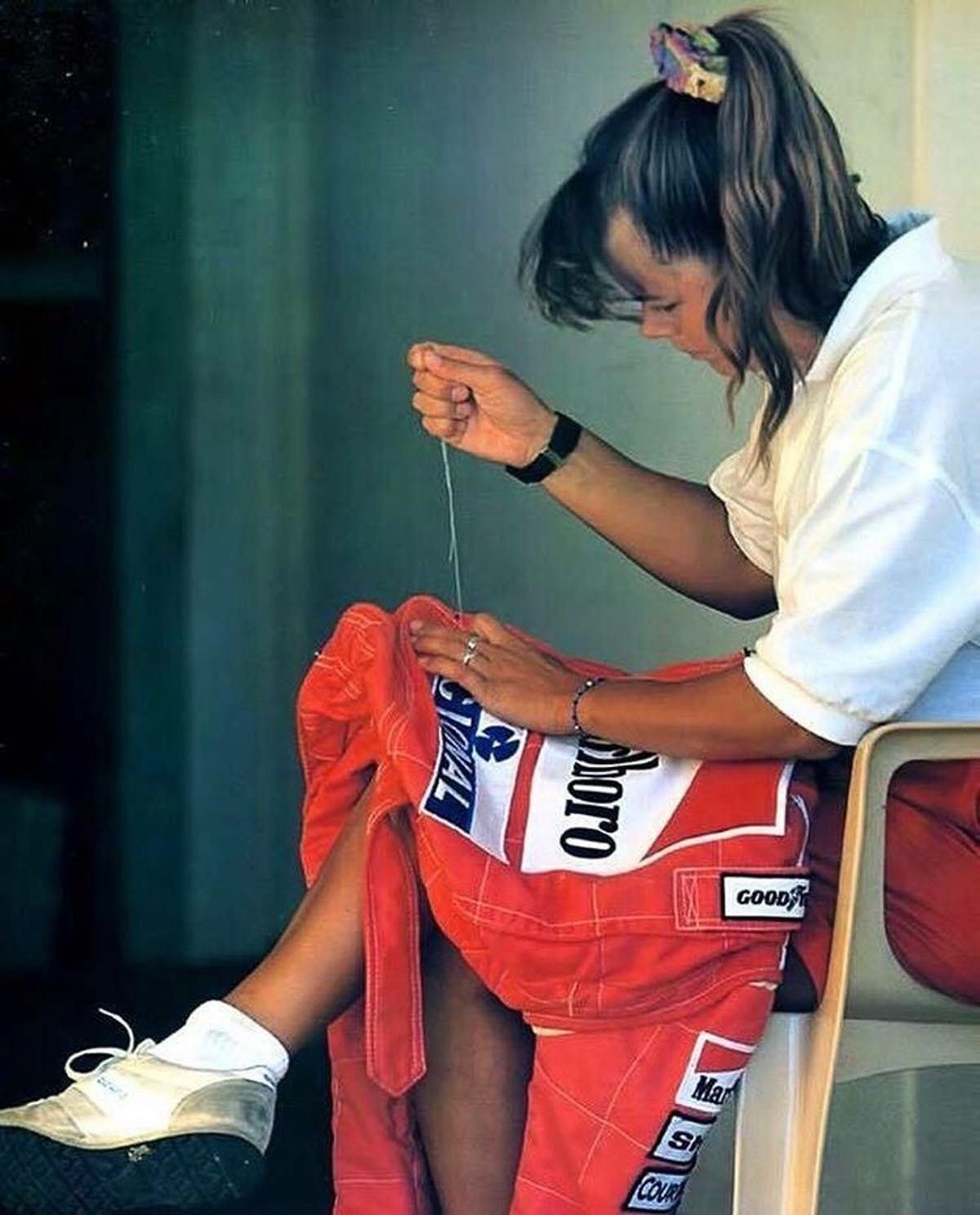
Ayrton Senna’s girlfriend makes last minute alterations to his racing overalls.
From that race, almost every professional driver adopted a fireproof overall, the development of the materials is a never ending story, sometime by the standard of the Safety Commission of the FIA, the Federation International de l’Automobile, some other by the supply of the providers.
In Europe the suits were supplied firstly by Lesley “Les” Leston, real name Alfred Lazarus Fingleton. Protex and Probam were the first two suits produced and dressed among the others two British World Champions, Jim Clark and Graham Hill.
In 1976 the FIA mandatory, first recommended and then pointed out the Nomex as the fabric the overall had to be tailored. During the years some different materials were added, like kevlar, to improve the efficienty of the suits.
Some brands disappeared, someone else entered, joining the Group. Only Bill Simpson lasted until his death. He died in December 2019, his enterprises still go on with different brands: Impact (USA), Stilo (Italy) and the first original one, Simpson. These brands are his legacy to the motor racing world.
Nowadays we have seen many different suppliers like Puma or Adidas, that also equip the teams and the staff. These brands are so famous and pervasive to profit of the large diffusion of the Formula 1 images. A different approach is the one made by the specialized companies: Sparco, OMP, Alpinestar are three Italian “tip of the iceberg” companies that supply most of the professional racing drivers of the World. The result of this challenge is the highest level ever reached in motorsport but it is just another step to an endless story.
Alberto Galassi
Videos
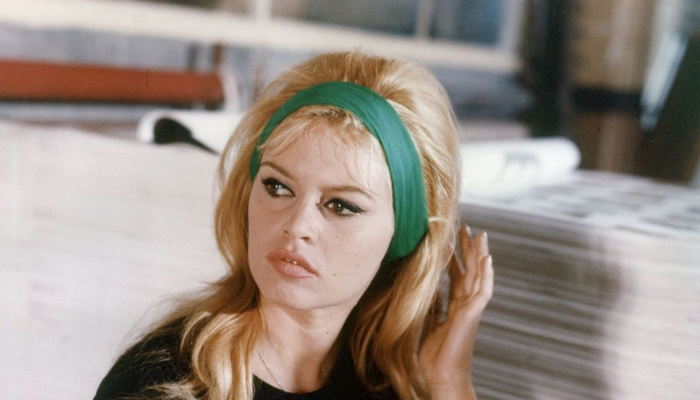
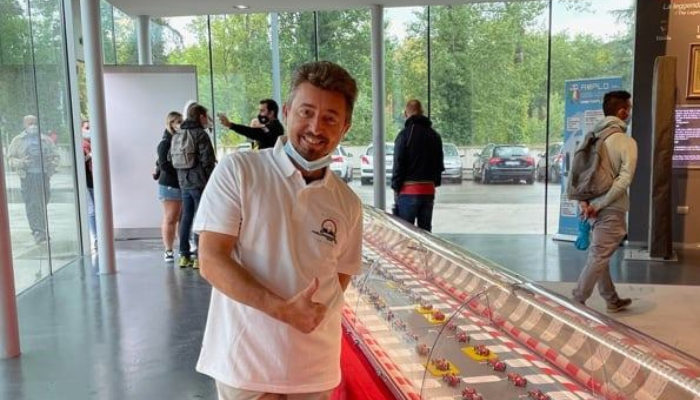
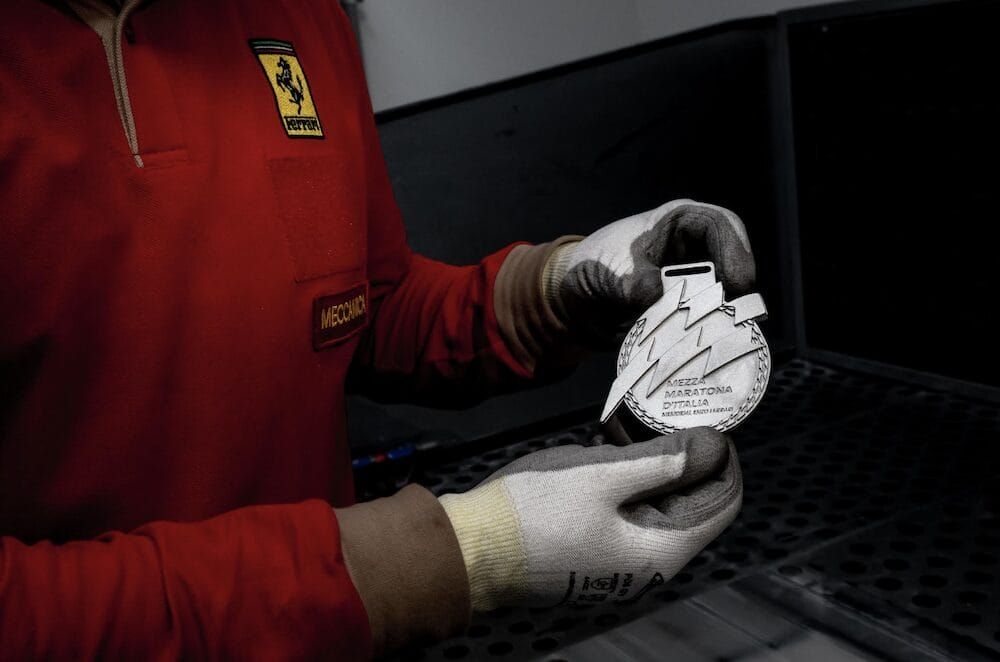
Comments
Authorize to comment